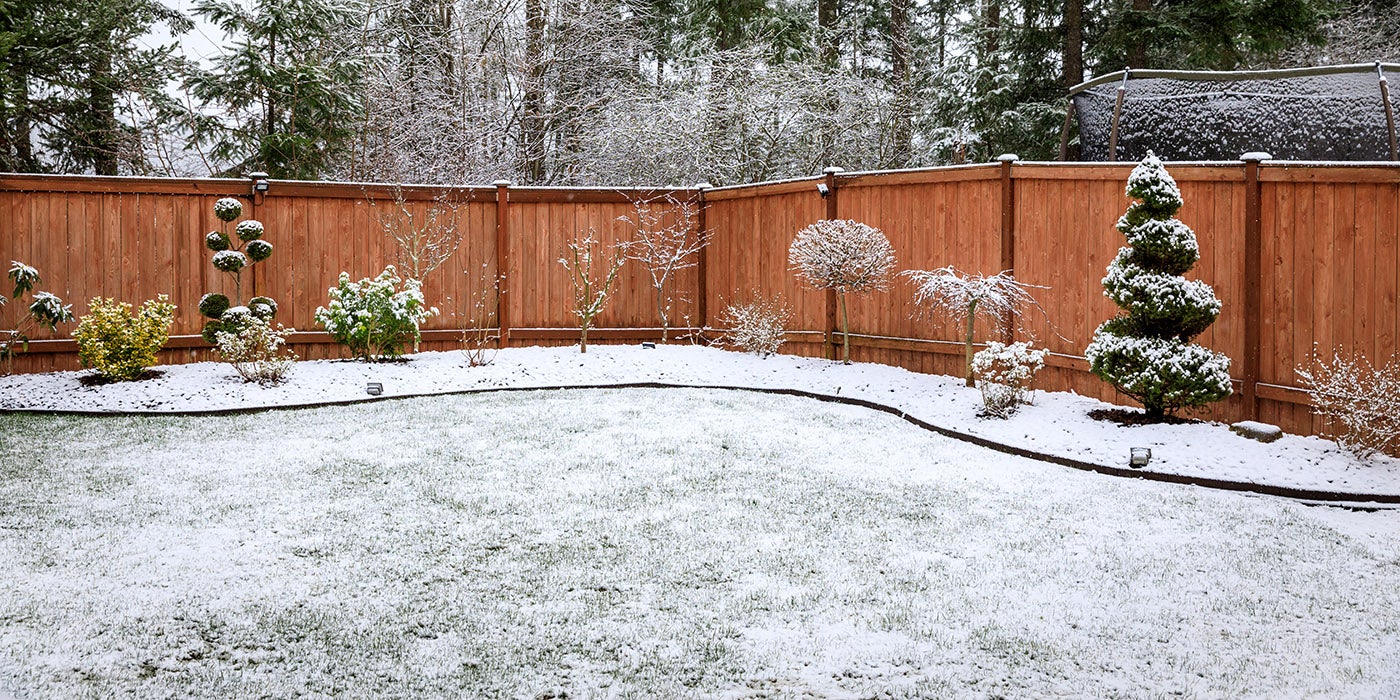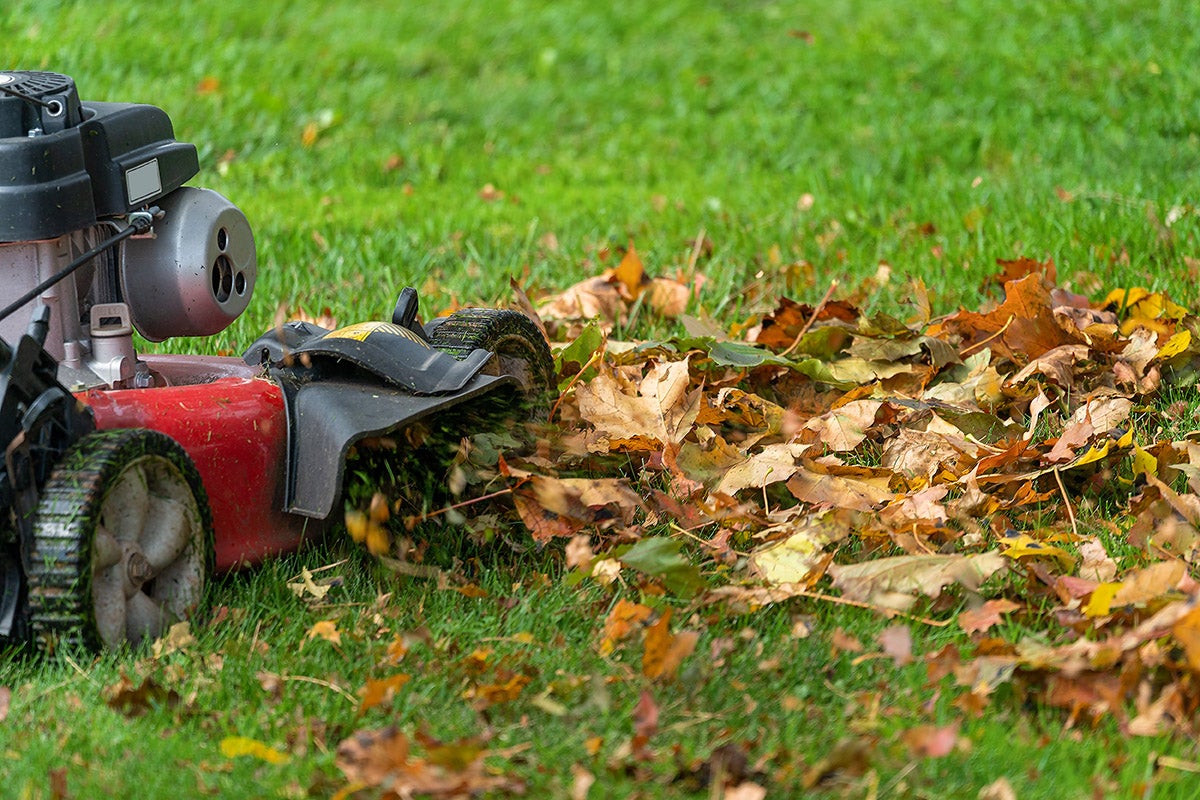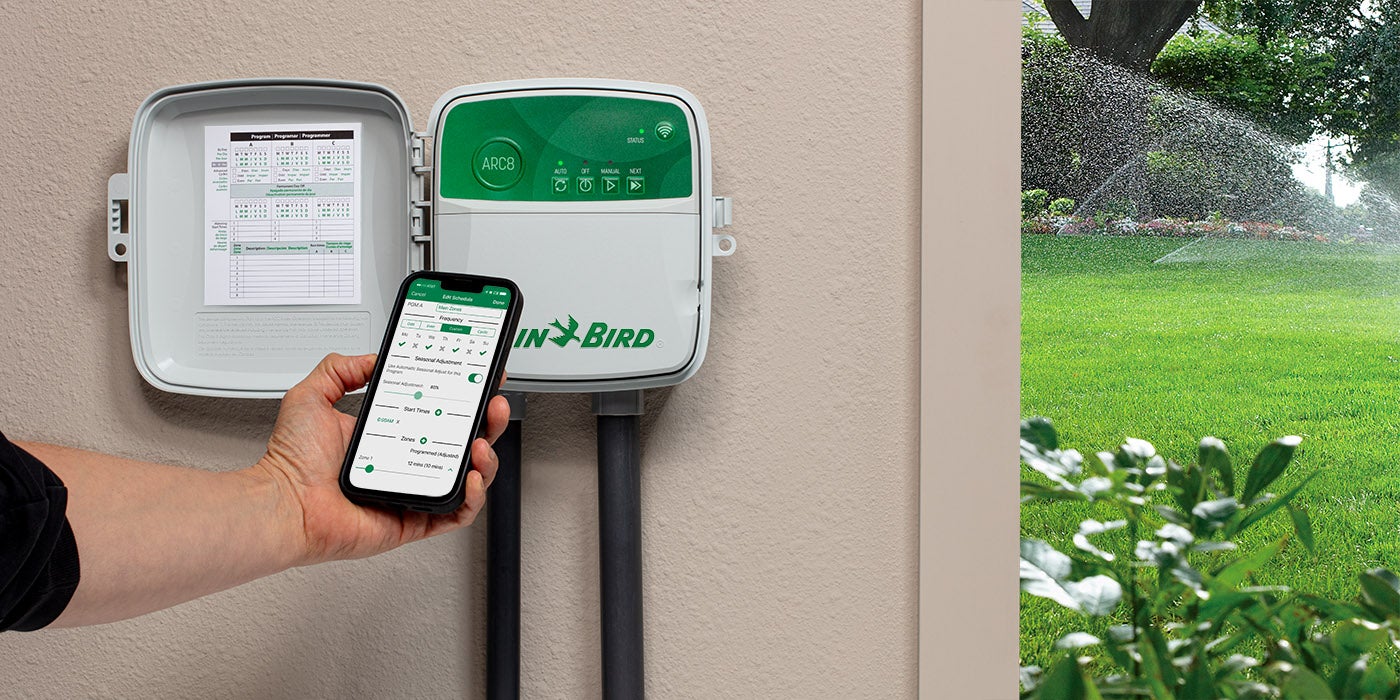7 Lawn Care Tips for Winter

For many homeowners, the cold winter months mean putting lawn care efforts on hold until the spring thaw. But just because you can't mow the lawn or plant new flowers doesn't mean you can't have a great looking yard! As the weather outside gets frightful, it’s important to give your lawn the extra care it needs to stay healthy and beautiful all winter. With a few extra steps, you can ensure that your lawn is the envy of the neighborhood - even under a blanket of snow!
Here are a few tips to get your lawn ready and keep it looking great throughout the winter:
1. Aerate and overseed
Aeration helps reduce compaction in your lawn while overseeding can fill any patchy or thin areas. Use an aerator tool to create small holes in your lawn for water, air or nutrients to reach its roots. Overseeding involves spreading grass seed to encourage new growth and rejuvenate your lawn. Overseeding with a winter-hardy grass mix will help ensure your lawn stays green and returns fully in the spring. Both of these activities are best done in late fall, before the first frost.
2. Fertilize before the ground freezes
Just as you would in spring or summer, fertilizing in fall helps your lawn stay strong and green all season. Choose a fertilizer made specifically for fall lawns so that your grass can make the most of the nutrients, and be sure to do it before the ground freezes so the fertilizer has time to soak in.
3. Feed and insulate the soil
Add a layer of mulched leaves or compost to help protect your lawn from harsh winter weather. Composting adds important nutrients such as nitrogen back into the soil, while mulch helps retain moisture, and prevent erosion while insulating it from extreme temperature changes. Apply the mulched leaves or compost after you've aerated and overseeded your lawn for best results.
4. Mow properly and often
If you live in warmer zones, your grass will continue to grow through the winter, so it’s important to keep up with regular mowing. While you may not need to mow as often during the colder months, when you do mow, set your blades a little higher than usual so that you don’t damage the grass.

5. Keep up with the leaves
Leaves are falling everywhere and raking seems like a never-ending task, but if you let leaves pile up on your lawn, they'll suffocate the grass and promote mold growth. So make sure to rake them up frequently and either mulch them or bag them up for pick-up.
6. Protect your plants
If you have delicate plants or trees in your yard, protect them from the cold. Cover flowers or vegetables with a tarp or plastic sheeting to keep them from freezing and wrap trees and shrubs in burlap to prevent damage from wind or snow.
7. Keep an eye on your sprinklers
In colder climates, you may have already blown out and shut down your automatic sprinkler system for the year. But in more temperate climates, your sprinkler system might still be used through the winter. Lawns generally need less water in winter, but you should still water deeply to encourage deep root growth. Winter temperatures can fluctuate wildly, and freezes are not unheard of, so check your sprinkler lines and heads regularly to ensure they stay in good working order. A little preventative maintenance now will save you a lot of headaches later.
Winter is also a good time to plan any changes to your automatic lawn irrigation system. If you're thinking of making any changes to your landscaping or upgrading your irrigation system to the latest technology, like the Rain Bird ARC Series Smart WiFi controller, now is the time to do it, so you'll be all set for next year.

By following these tips, you can ensure that your lawn looks great all winter long! A little extra care now will pay off in the spring and your neighbors are left scrambling to catch up.
